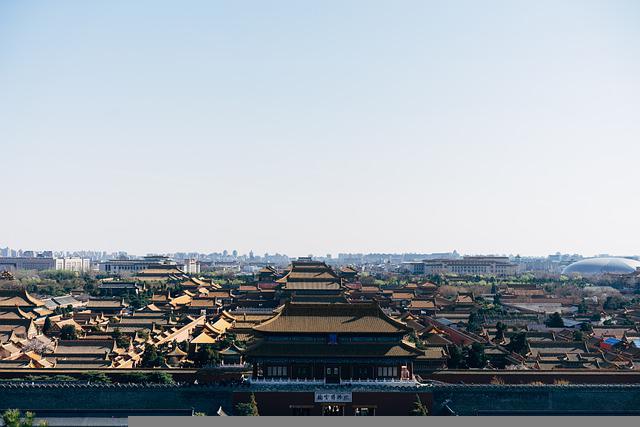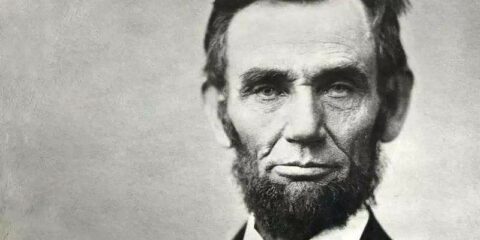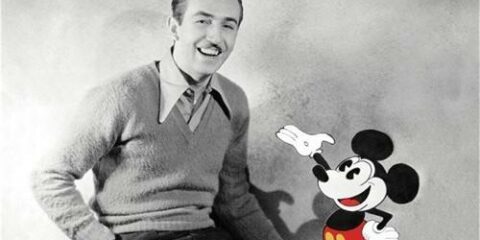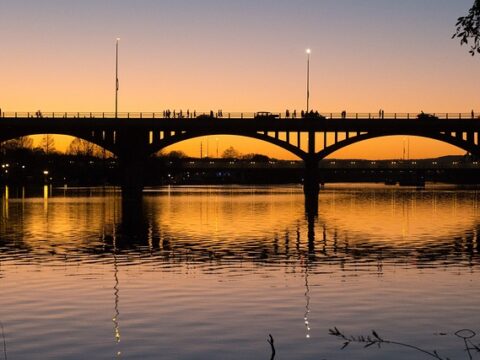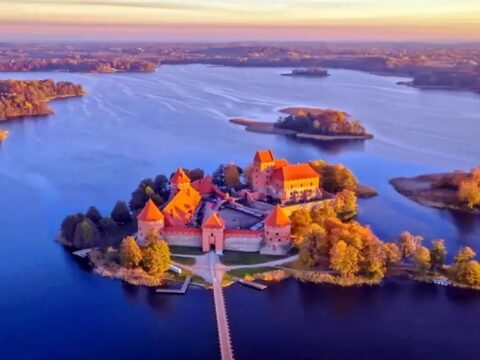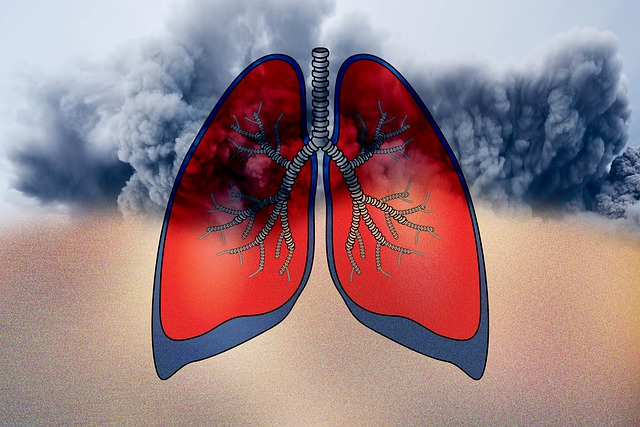1: British Empire (34 million)
The British Empire (English: British Empire), composed of British territories, dominions, colonies, trusteeships, and other areas under British administration and rule, is regarded by the international community and historical circles as the largest colonial empire in world history, with a ruling area of about 34 million square kilometers. The British Empire is recognized by the Guinness Book of world records as the largest empire in history.
2:Mongolian Empire (33 million)
The Mongolian Empire is the title of the regime established by the Mongols in the 13th century by later scholars. In a narrow sense, the Empire refers to the Mongolian Empire as a unity (1206-1259 or 1260) [21-22]. In a broad sense, the Mongolian Empire also included the divided Yuan Dynasty and the four khanates, which lasted from 1206 to the demise of the Yuan Dynasty and the four khanates.
3:Spanish Empire (31.5 million)
The Spanish Empire (Spanish: Imperio Espa ñ OL), also known as the Spanish colonial empire (Spanish: Imperio colonial Espa ñ OL), is one of the first truly global and colonial empires in the world, and one of the largest empires in world history. The Spanish empire is considered to be the first empire with a constant sun.
4:Russian Empire (22.88 million)
Russian Empire (Russian: Российская империя, English: Russian Empire; October 22, 1721 – March 12, 1917 [February 27, Russian calendar] [3]), generally referred to as “tsarist Russia” in Chinese, calling itself “the third Rome”. [4-5] is a Russian country from the coronation of Peter I as emperor in 1721 to the abdication of Nicholas II in 1917. It is also the last monarchy in Russian history, ruled by the Romanov Dynasty.
5:Yuan Dynasty (13.72 million)
The Yuan Dynasty (1271-1368 [1]) was the first unified dynasty established by ethnic minorities in Chinese history. The ruler was the Mongolian bo’erzhijin family. It is said that the Five Dynasties and eleven emperors lasted for 162 years since Genghis Khan established the Mongolian regime in 1206 and 98 years since Kublai Khan named the country yuan. [2] After the Yuan Dynasty withdrew from the Central Plains, the Northern Yuan Regime lasted until 1402.
6:Arab Empire (13.4 million)
Arabic (Arab Empire: الامبراطوريةالعربية (632-1258), an Islamic Empire established by Arabs in medieval times. Since the Tang Dynasty, Chinese history books have called it “big food”, while Western Europe is used to calling it season Empire and caliphate. The Arab Empire lasted 626 years, mainly including the four caliphs (632-661), the Umayyad Dynasty (661-750), and the Abbasid Dynasty (750-1258).
7:Abbasid Dynasty (12.6 million)
Abbasid Dynasty( العبّاسيّون Abbasid Dynasty is the second hereditary Dynasty of the Arab Empire, which is called black food in ancient Chinese historical records. It replaced the Umayyad Dynasty in 750 and made Baghdad it’s capital. Later, it was destroyed by the xuliewu western expedition of Mongolia in 1258. The Abbas royal family is the descendant of Abbas Ibn Abdulmutallab, the uncle of the Islamic prophet Muhammad. During the reign of the dynasty, the Islamic world in the Middle Ages reached its peak and reached its peak during the reign of Harun Rashid and Mamun.
8:Tang Dynasty (12.37 million)
The Tang Dynasty (2168-2095 BC; 2067-2064 BC, also known as the “ancient Tang Dynasty” and “tasting Dynasty”) is a dynasty established by Tang Yao in ancient times. Its predecessor is the ancient Tang state (2173-2168 BC, which was a fief before Yao became emperor); It is said that the dynasty before Yu Shun was also the earliest prototype of the later centralized state (ancient China formed the initial tribal alliance in the Fuxi era, laid the earliest administrative planning in the Zhuanxu era, and established the earliest state institutions in the Emperor Yao period). In the early stage, the capital was set in the northern Tang Dynasty (now Taiyuan, Shanxi), and then moved to Pingyang (now Linfen, Shanxi).
9:Qing Dynasty (11.35 million)
The Qing Dynasty (1636 [1] – 1912 [2-3]) is the last feudal dynasty in Chinese history. There are twelve emperors [4] and the ruler is Aisin Duero. It has been 296 years since Nurhachi was founded. [5-6] since Huang Taiji changed his country’s name to Qing Dynasty, it was 276 years. [7] It was 268 years since the Qing army entered the customs and established a national political power.13.16 million square kilometers (1820; 14.7 million square kilometers in the 1790s).
10:Portuguese Empire (10.4 million)
The Portuguese Empire (Portuguese: imp é Rio Portugu ê s; 1415-1999) is the first world empire in world history and the earliest and longest-lasting colonial empire. In its heyday, it covered an area of 10.4 million square kilometers.


